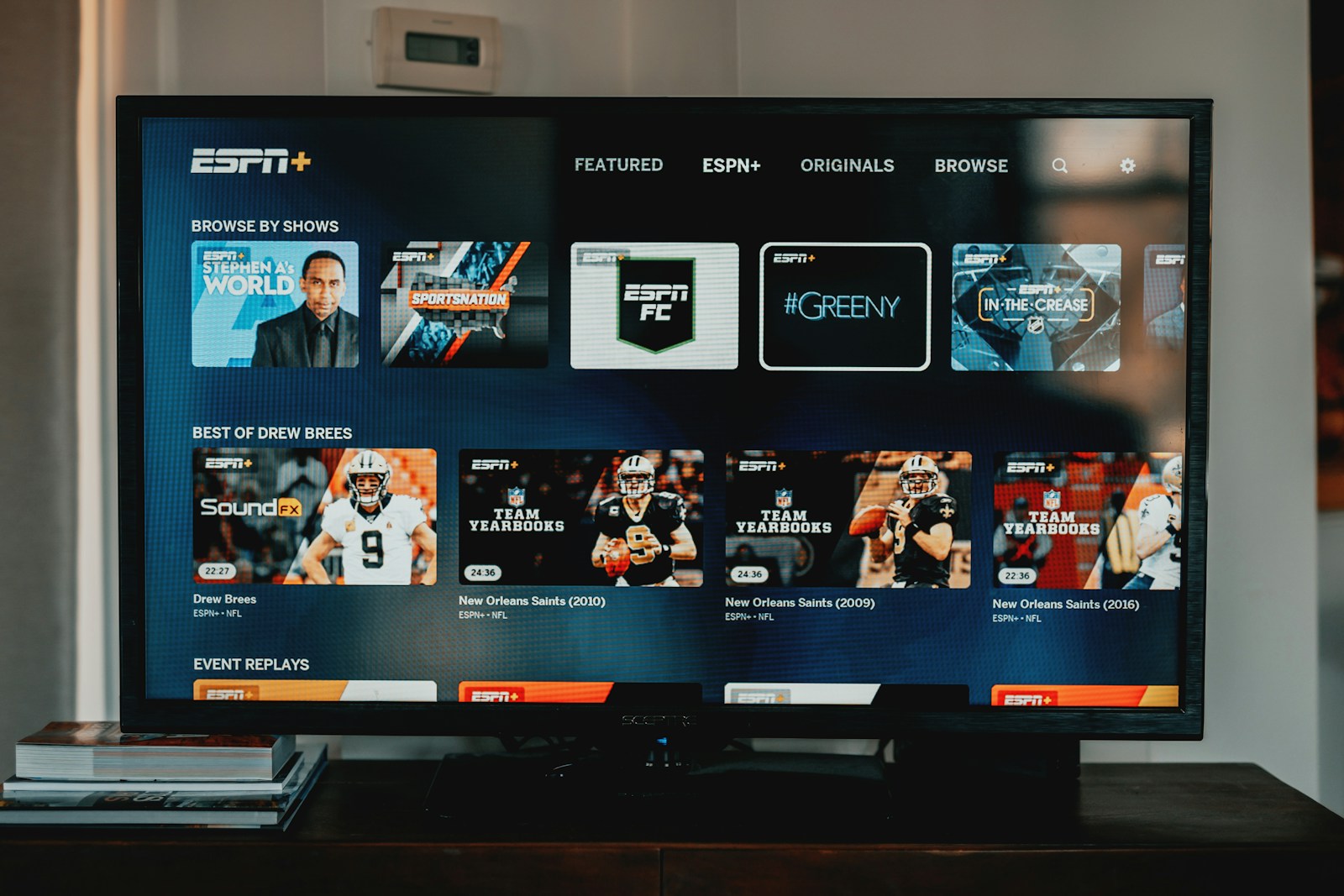It’s a turning point for ESPN as the sports media giant unleashes a flurry of announcements signaling its rapid transformation from a traditional cable network to a
streaming-first media company. The dramatic shift represents one of the most significant strategic pivots in the company’s four-decade history.
The sports broadcasting powerhouse, long considered the crown jewel of cable television, is responding to changing viewer habits and the ongoing decline in traditional pay TV subscriptions. Industry data shows cable subscribers continuing to decrease at an accelerating rate, forcing ESPN to adapt quickly or risk losing its dominant position in sports media.
Strategic Announcements Signal New Direction
The week’s announcements included several key developments that collectively demonstrate ESPN’s commitment to digital platforms. The company appears to be executing a comprehensive strategy rather than making incremental changes.
Sports industry analysts note that this transformation has been years in the making, but the speed and scope of the current changes suggest an urgency not previously seen from the network. The company is clearly positioning itself to maintain its sports media leadership as viewing habits continue to evolve.
This represents a fundamental shift in how ESPN views its
future,” said a sports media expert familiar with the company’s operations. “They’re no longer treating streaming as a complementary service but as the primary delivery method for their content.”
Impact on Sports Broadcasting Landscape
ESPN’s aggressive move toward streaming will likely force competitors to accelerate their own digital transformations. Major sports leagues, which rely heavily on television rights fees, are
watching these developments closely as they negotiate future media deals.
The network’s streaming push comes as
tech giants like Amazon, Apple, and Google continue to acquire sports rights, creating a more crowded and competitive marketplace. ESPN appears determined to establish itself as the
dominant sports streaming platform before these newer entrants can gain significant market share.
“The sports media landscape is undergoing a complete restructuring, and ESPN is making it clear they intend to lead rather than follow,” noted an industry observer.
Challenges Ahead
Despite the
bold strategy, ESPN faces significant challenges in executing this transition. The company must balance maintaining its profitable cable
business while investing heavily in streaming technology and content. This balancing act includes:
Additionally, the company must navigate complex rights agreements that often have different terms for traditional broadcast versus
digital distribution. Many existing contracts were negotiated before streaming became a priority, creating potential limitations on how content can be distributed.
Financial analysts estimate that ESPN’s
streaming services currently generate only a fraction of the revenue produced by its cable networks. The company will need to significantly increase digital subscribers and advertising revenue to offset potential losses from its traditional business.
The sports media giant’s transformation represents a case study in how legacy media companies are adapting to digital disruption. While the outcome remains uncertain, ESPN’s decisive action this week demonstrates a clear recognition that the future of sports media lies in streaming, not cable.







